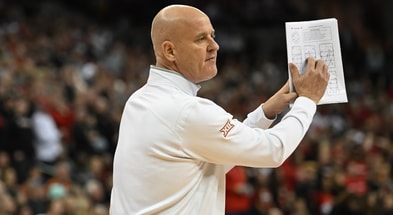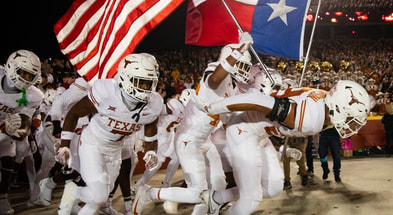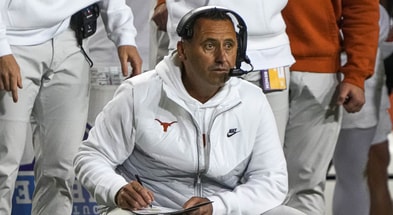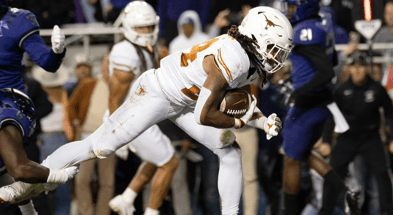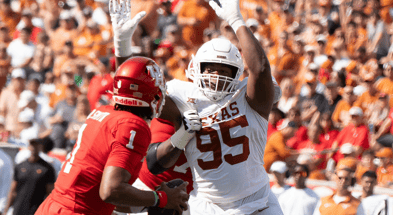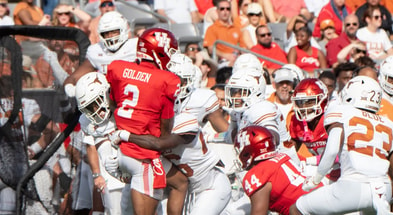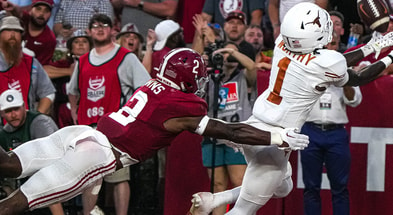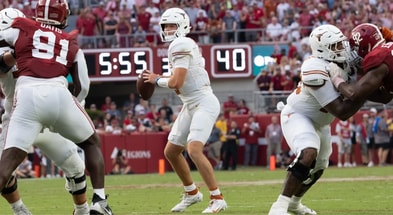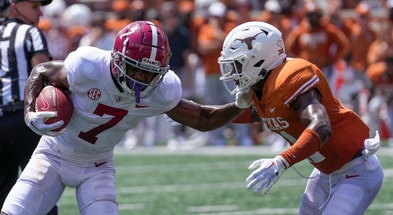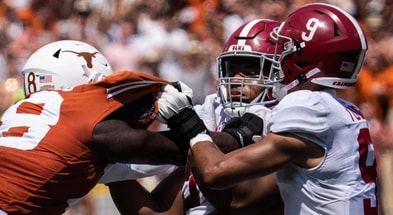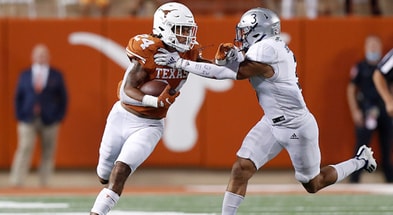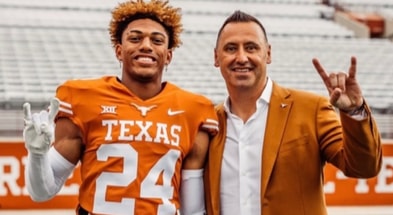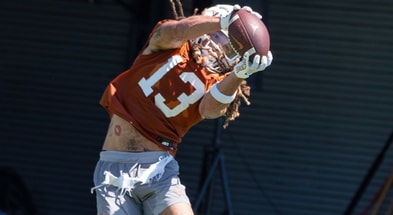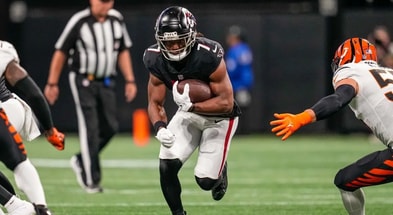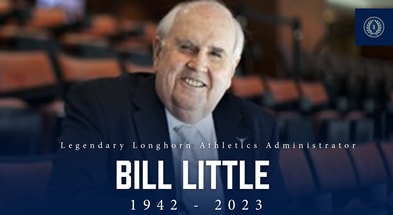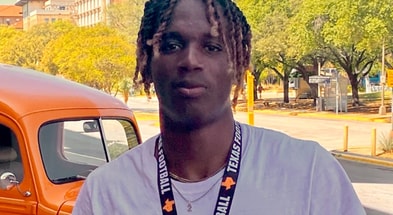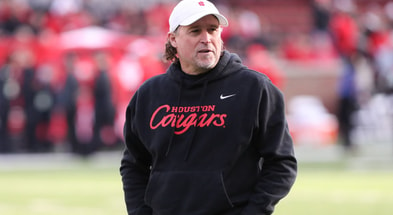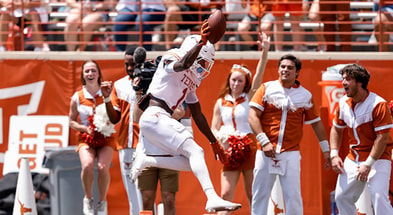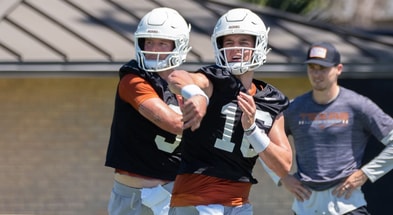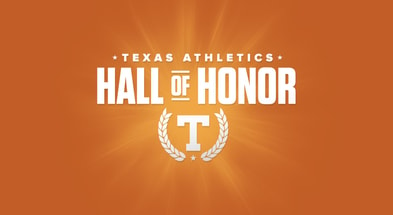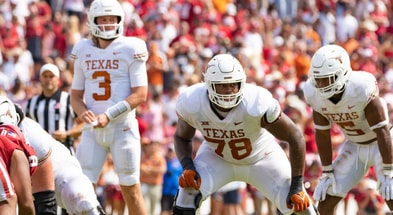Inside the Gameplan: Staying clean in the pig pen
Texas is clashing with their distant past, near past, and future in this game with Arkansas. The Razorbacks are an ancient rival for the Longhorns who offered them the “game of the century” in 1969. More recently, their offensive coordinator Kendal Briles bedeviled the Longhorns as an assistant coach for his pops Art at Baylor when the Bears were winning Big 12 Championships. Future trips to Fayetteville may be bi-annual when the Longhorns move to the SEC and this rivalry is fully renewed.
The Razorbacks are ostensibly a spread team with a defensive approach which has at times resembled the Iowa State “flyover defense” but this season is more aggressive than we see from the Cyclones. Arkansas doesn’t necessarily want this game settled in space though, their best bet for victory is to use spread spacing to control the middle of the field.
Man in the middle
Whether in a 4-2-5 or the three-deep safety “flyover” scheme, Arkansas defensive coordinator Barry Odom is a big fan of robber coverage. The scheme is one TCU used to employ heavily in the early days of the Gary Patterson 4-2-5 and it’s an old favorite of defensive coordinators in the 4-2-5 tradition like Patterson, Bud Foster (Virginia Tech), and evidently Odom.
The idea with “robber” coverage is the free safety is playing flat-footed at the snap and can play downhill on throws over the middle or against the run. Like this…
Odom’s robber is Jalen Catalon, who’s reading the inside receiver and can play downhill against a run or else helps the nickel or the middle linebacker bracket a route. He had 99 tackles and three picks last year in this role, against Rice he had 11 tackles and two interceptions.
He was 5-10, 195 coming out of Mansfield and tested running a 4.71, but he plays bigger and faster than that from his perch in the middle of the field. Louisiana and Oklahoma both use some similar coverages but you don’t see their free safety impacting games like this guy.
The temptation is to play a double tight end set and just run the ball on a team like this but it’s a trap. Your tight ends could theoretically be assigned to block the 200 pound safety 10 yards off the ball at the snap and it’d look awesome on the chalkboard but when they can’t find him or just whiff badly in space and he’s smacking your running back after a 1-yard gain it won’t look so great. The better solution is the exact sort of thing you’d be hesitant to do on the road, at night, in Fayetteville…throw the ball.
Not necessarily RPOs, either. This style of coverage is just waiting for you to throw into zones, especially in-breaking routes with Catalon waiting for the glance to come inside to him. But if you send receivers into patterns, this ostensibly two-high robber coverage turns into man-2-man outside. In old school play-action there are opportunities to throw deep to the outside receiver.
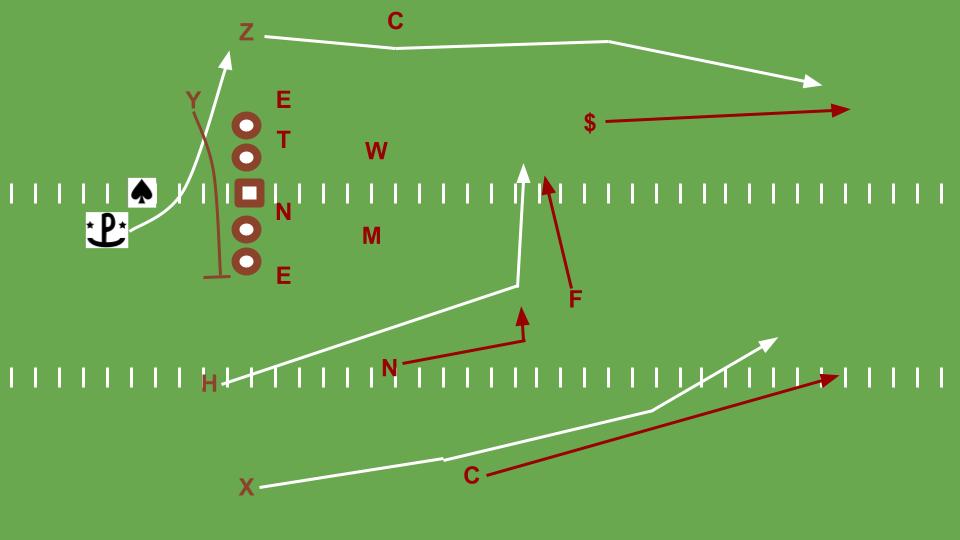
Texas had a pattern like this they dialed up against Louisiana and it got Xavier Worthy 1-on-1 against a Cajun corner on the post route. The Cajun corner defended it well though and took it away and Hudson Card flung the ball long and incomplete. If the Hog cornerbacks are as good as the Louisiana guys they may get away with keeping Catalon positioned between the hash marks to frustrate Sark’s attempts at ball control. If not, Texas could blow this game wide open.
I’d expect the 20 personnel package and accompanying empty formations to potentially play a large role in this game if Texas can’t make hay with the run game and play-action and have to try and convert a lot of third downs as they did against Louisiana. We may look back and realize the 20 personnel set and Card’s Colt McCoy impersonations carried Texas through the early part of this season until the offensive line and play-action game really got going.
Space warfare
You know who doesn’t have a 20 personnel package for creating matchups in the dropback passing game? Actually, you know a team who hardly even has a functioning dropback passing game? That’d be the Arkansas Razorbacks.
Briles-ball is well illustrated by a look at Arkansas’ starting tight end, Blake “ermagherd!” Kern. The former 2-star recruit is 6-foot-4, 265 pounds, and he’s a blocker. The essence of Briles-ball is power inside, wide open alleys, and then game-changing speed outside. The “ancillary” of RPO spread offenses originated partly in Auburn with Gus Malzahn and also in Waco with Briles and Kern fits within this tradition.
The game-changing speed outside part is still a work in progress, as is the accuracy from the pocket by quarterback K.J. Jefferson. Nevertheless, they’ll line up with their wide splits and try to mix deep shots to slot receiver Treylon Burks (a touch miscast at 6-foot-3, 232 pounds) with power running inside.
I’ve seen three different responses work against this style of offense, one of which can be blended with the other two. Method one is just to sit back in drop eight coverage to take away all the perimeter passes and option runs in the alley and make them work their way down the field. Method one might work against Arkansas, I dunno how efficiently this team can move the ball down the field. The downside is you surrender agency and can’t try to attack their significant weaknesses.
Method two is to accept the 1-on-1 terms of the contest and play man coverage outside to free up a defender so you can keep an overhang in the wide alley. This approach also likely works against Arkansas because they’re so ineffective throwing from the pocket, but you also take your chances on getting beat outside.
Method three is to play man coverage but to have your deep safety overplay their no. 1 target rather than sitting in the middle. In other words, you have zero-safety coverage elsewhere on the field. I think this might be worth a look for Texas with Burks the target of the deep safety’s attention.
We’ll probably see mostly method two but perhaps with off coverage outside until Jefferson proves he can throw hitches and comebacks all the way down the field. I’d also expect to see Pete Kwiatkowski drop the field safety down a lot to help defend the wide alley.
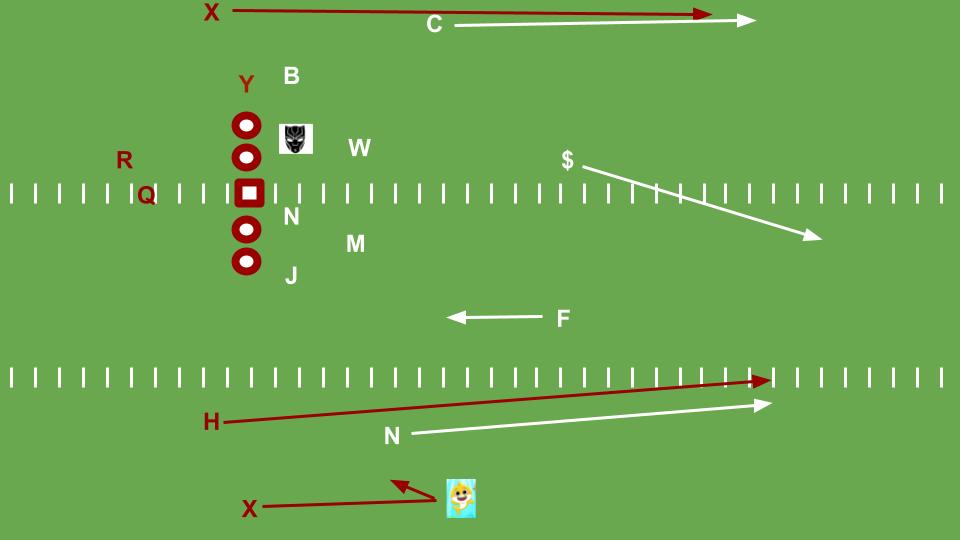
As you can see above, the goal of the wide splits and vertical routes is to divide the game up into isolations. It becomes difficult for the defense to get 2-on-1 anywhere on the field, so they have to pick their spots. The good news for Texas is they can probably gameplan to ensure a 2-on-1 against Burks, keep a safety around the box to outnumber the run game, and dare Arkansas to beat them by throwing outside to not-Burks.
Kwiatkowski can make this game much simpler for his guys by scheming a great game up front. Jefferson is big and fairly fast, but if you contain him in the pocket and force him to work his way down the field with progressions and accurate throws, it’s just not going to happen for Arkansas.
In summation
If either team can land some shots in the play-action passing game they could blow the game open. I think the Longhorns are the team more likely to pull this off. However, there’s a good likelihood this game will instead be a lower scoring battle which comes down to execution and consistency.
When it comes to maintaining drives, each side has a few advantages. On the Arkansas side they can lean into two factors, the impact of their home crowd and the quarterback run game. The spread-isolation stress the Briles offense can generate reaches a fever pitch when the quarterback can be a power runner in the alley.
K.J. Jefferson is around 250 pounds and ended up getting nine carries against Rice he translated into 89 yards at 9.9 ypc with two touchdowns. I doubt he’s on a pitch count in this game, if they need to lean on him for 20 carries or so, it’ll probably happen. It’s as though Tyrone Swoopes was in the “veer and shoot” offense for his full career at Texas and actually allowed to run regularly. Not exactly scary, but not unalarming.
Texas’ two advantages in a competitive game won by controlling the ball and executing with consistency are stronger. First, they have a clear special teams edge which could potentially yield as many extra yards as Jefferson’s extra poundage in the alley. Secondly, the Sark/Card combination is much more precise than Briles/Jefferson. The Arkansas offense depends on very simple geometry and physics to function whereas Sark knows how to control a game with multiple formations and carefully targeted play-calls. So long as a rowdy crowd doesn’t rattle the Texas players, Sark should be able to generate a win even if Texas can’t find freebies throwing over Catalon’s head on play-action or flipping field position with “Bijan” in the return game.
